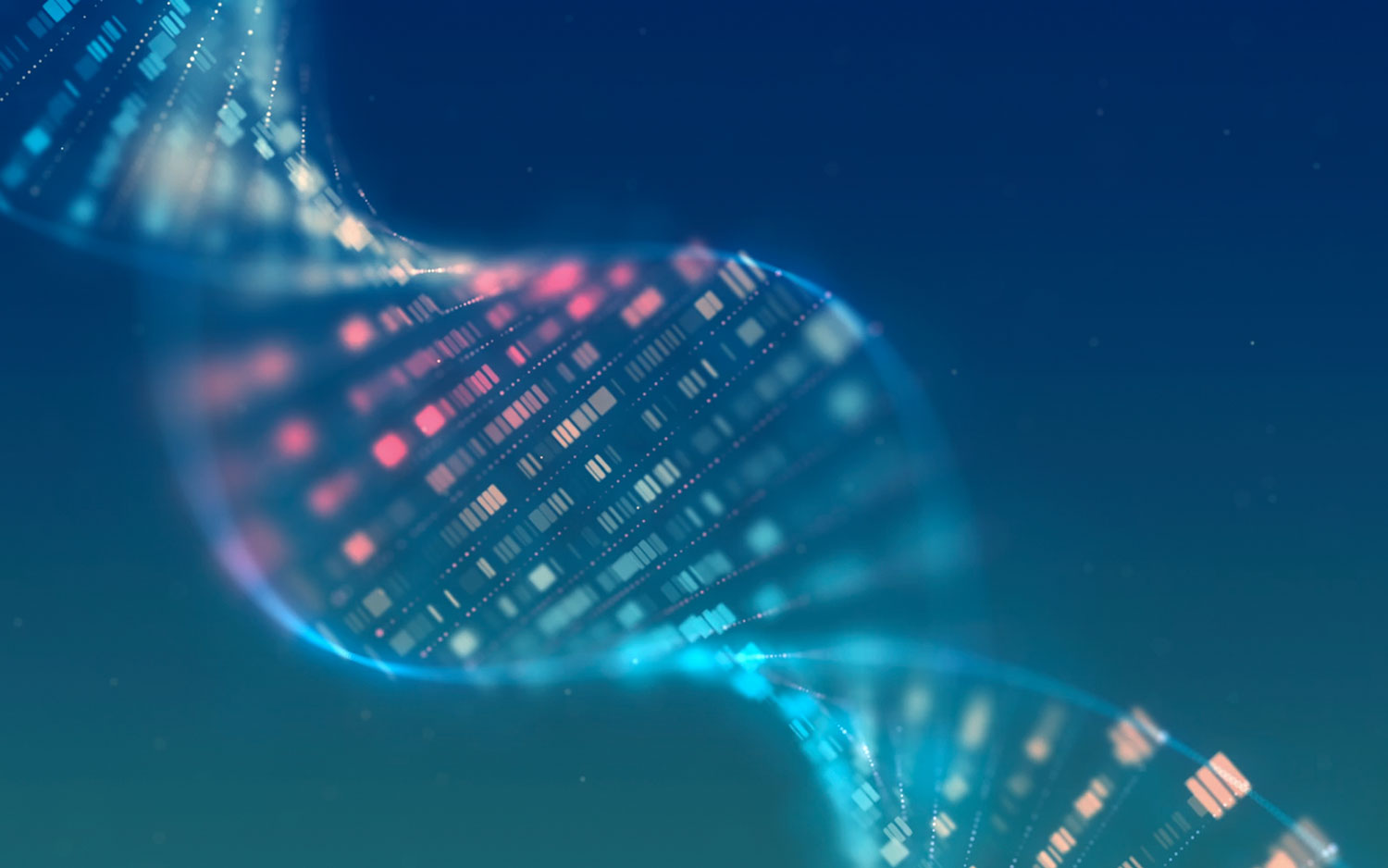
Overcoming Challenges in Synthetic DNA Production
As scientists delve deeper into the mysteries of DNA and its crucial role in various biological processes, the demand for synthetic DNA products continues to soar. Synthetic DNA finds applications in gene editing, vaccine development, and diagnostic medicine. While significant strides have been made in the technology of DNA synthesis, there are still specific sequences that pose challenges. In this article, we will explore two notable examples and shed light on why these sequences remain elusive to suppliers, particularly those utilizing phosphoramidite chemistry in their DNA manufacturing processes.
Unravelling Homopolymer Regions: A Synthesis Conundrum
Homopolymer regions are segments of DNA that consist of a single nucleotide type—either adenine (A), cytosine (C), guanine (G), or thymine (T). These sequences are notorious for causing complications during DNA synthesis and sequencing due to their repetitive nature. When a homopolymer sequence comprises a string of ‘A’ nucleotides, it can impede the progression of DNA polymerase, resulting in stalling or slippage and consequently a higher error rate in the final sequence. Consequently, DNA manufacturers often reject homopolymer sequences due to these challenges.
Navigating the Complexity of GC-Rich Sequences
GC-rich sequences also pose difficulties in synthesis due to the formation of three hydrogen bonds between the G and C bases, in contrast to the two bonds formed between A and T. This triple bond renders these sequences more stable and harder to separate during the synthesis process. Additionally, even if a GC-rich DNA sequence is successfully synthesized, purifying and isolating the desired product becomes a daunting task. GC-rich DNA sequences tend to form secondary structures, such as hairpins, which can cause the DNA polymerase to detach during synthesis, resulting in errors and truncated sequences. These challenges in synthesis and isolation contribute to higher costs for customers seeking GC-rich DNA products.
Overcoming Challenges in Procuring Complex DNA
Procuring complex DNA, especially homopolymer and GC-rich sequences, from commercial vendors poses significant challenges. Commercial vendors often struggle to manufacture these sequences to the desired standards, making it difficult for customers to obtain them. Moreover, the price of DNA synthesis is not uniform and depends on factors such as quantity, length, and complexity. Customers in need of these sequences must consider bespoke synthesis, which incurs additional costs, to ensure a reliable source of complex DNA.
NunaBio: Pioneering Innovative Solutions in Synthetic DNA
At NunaBio, we employ groundbreaking methods to produce DNA sequences that are unavailable elsewhere. As a relatively small company, we have the freedom to think beyond conventional approaches when it comes to DNA manufacturing. While large, well-established suppliers may lack the flexibility to tackle complex DNA synthesis, our multi-patented technology empowers us to amplify substantial amounts of DNA rapidly, including homopolymers, GC-rich sequences, and modifications. If you are seeking complex, custom DNA and facing challenges finding a suitable supplier, we encourage you to reach out to us. Let us explore how we can fulfill your specific requirements.
In conclusion, the realm of synthetic DNA continues to expand alongside advancements in scientific understanding. However, challenges persist in synthesizing complex sequences, such as homopolymers and GC-rich DNA. These obstacles necessitate innovative solutions and a shift toward bespoke synthesis for reliable procurement. NunaBio stands at the forefront of this paradigm shift, offering unique capabilities to fulfill the diverse needs of customers requiring complex DNA. Contact us today and embark on a journey of unlocking the full potential of DNA in your applications.


